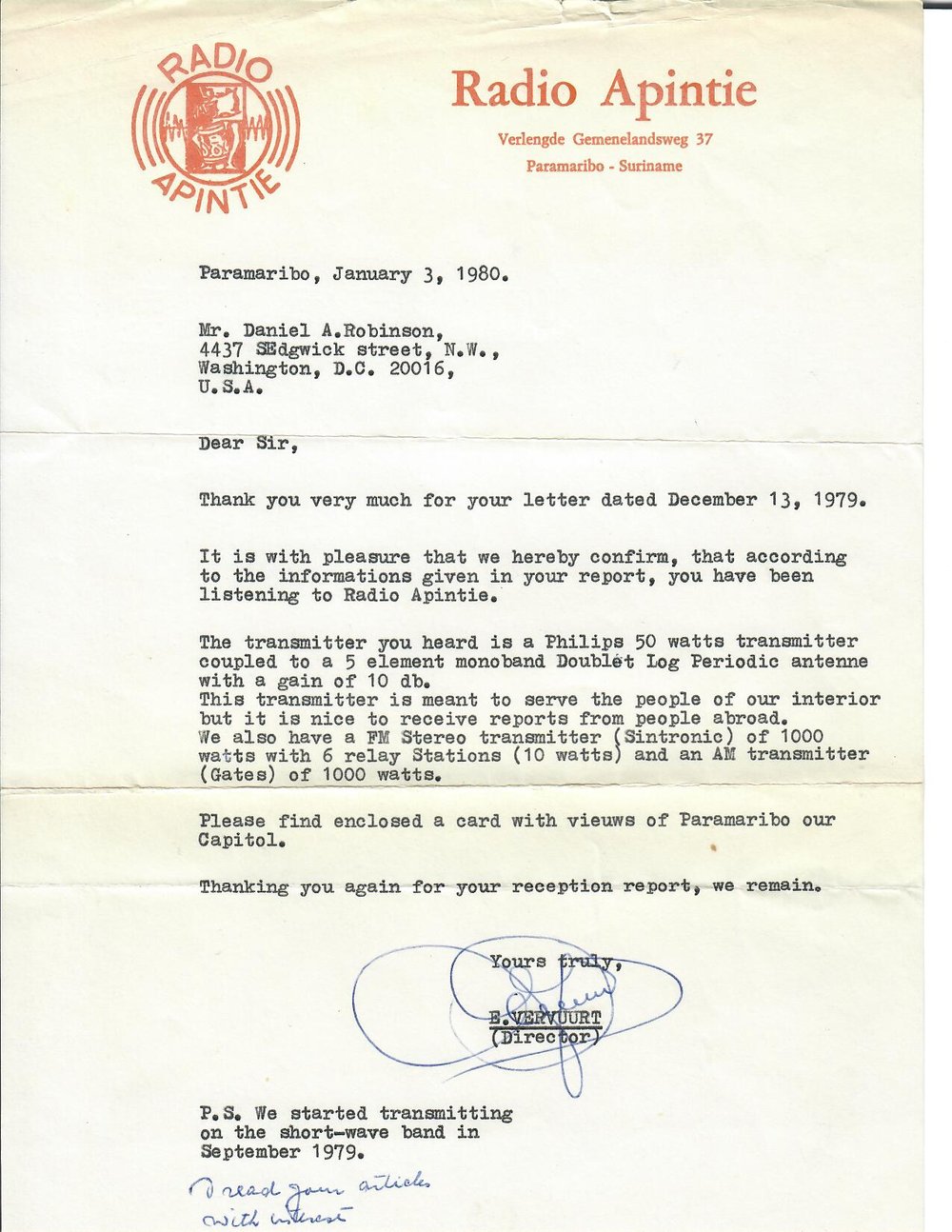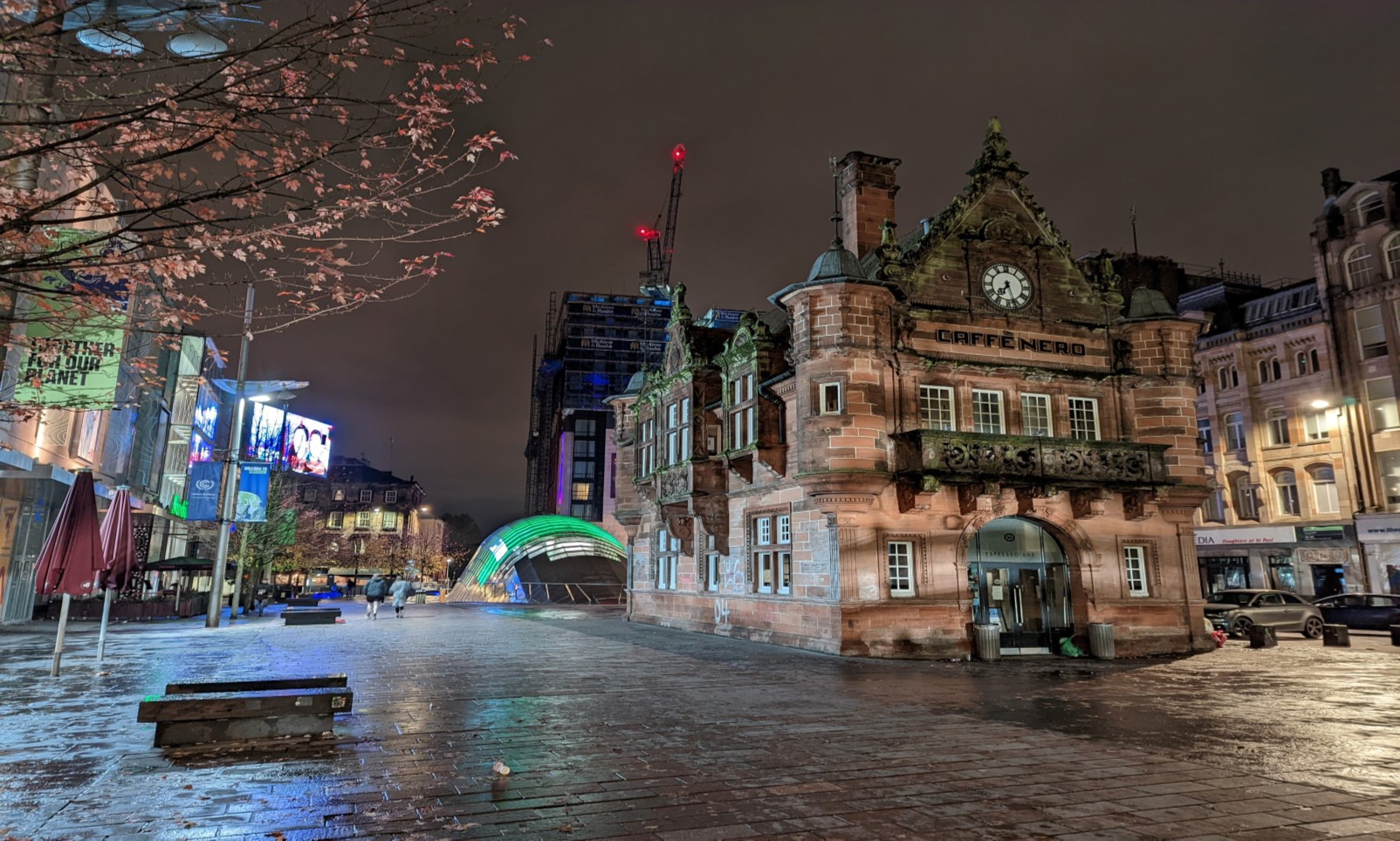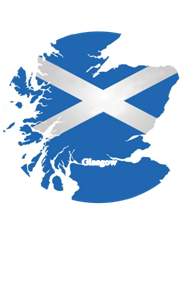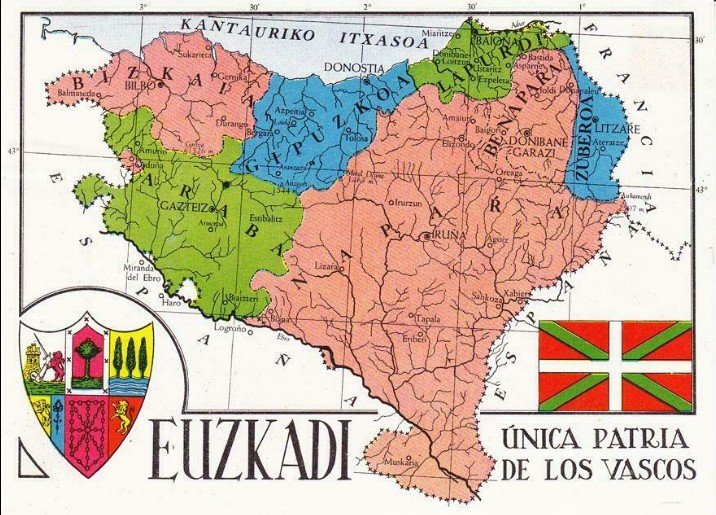
Surinam, another of the three non-Spanish countries in South America, has an interesting history when it comes to shortwave broadcasting. The country was represented on shortwave by the old Radio SRS (Surinam Broadcasting Foundation) which sent out beautiful folder QSL cards and which listed frequencies as 4,780 khz, 4,850 khz and 15,450 khz and later by Radio Apintie. The QSL letter shown here was for a reception on 4,990 khz though the station was also on 5,005 khz at one point — the director at the time notes that Apintie started broadcasting on shorrtwave in 1979. The recording here is of Radio Apintie signing on in early morning. At various times the power varied, with the director saying that a 50 watt Philips transmitter had been supplemented by a 350 watt linar amplifier. But later, power on shortwave was given as 1 kilowatt with a new Omnitronics 1000 watt transmitter and six element log periodic antenna beamed to the south. Radio Apintie continued to be reported into the early 2000s.












